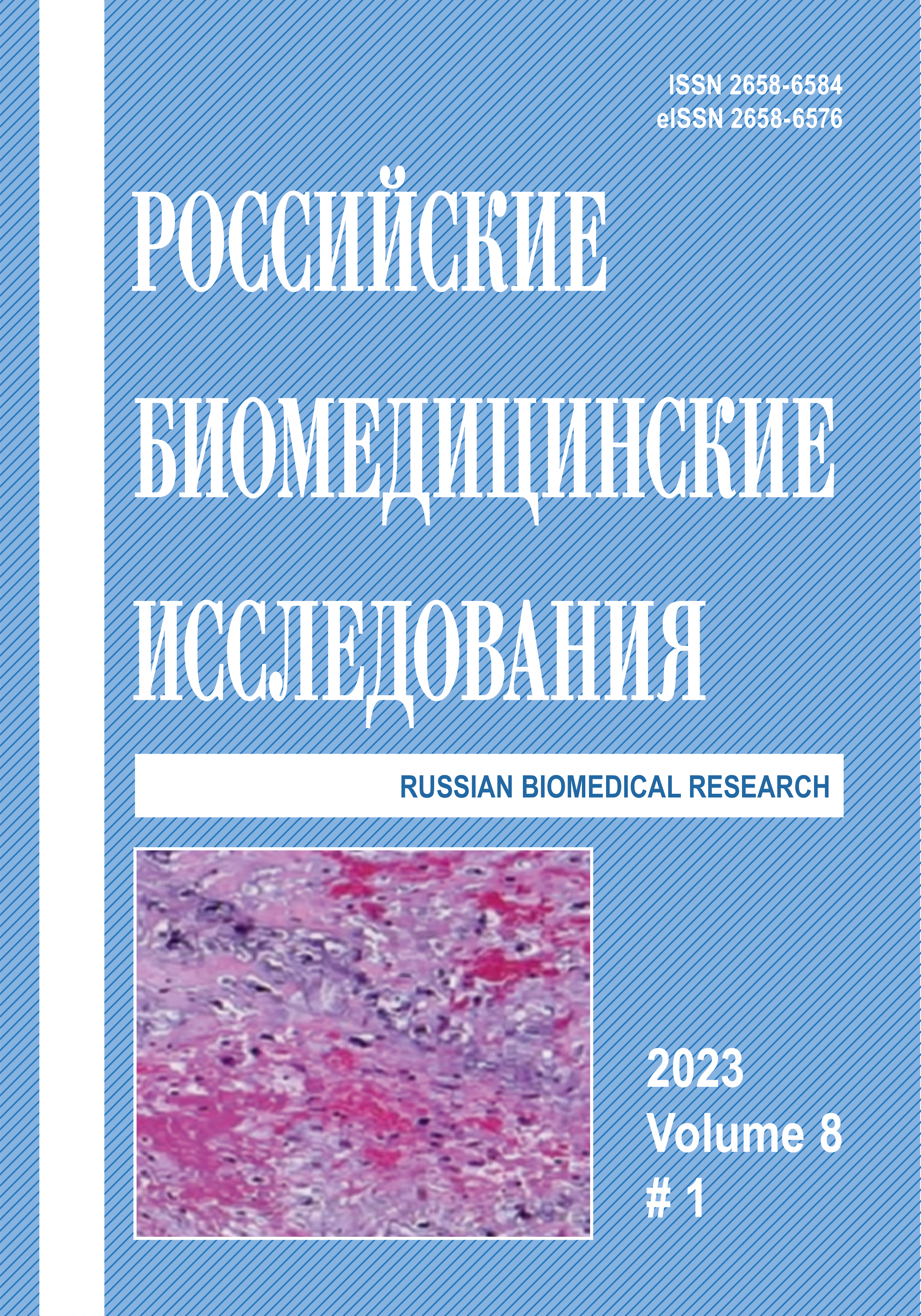CHARACTERISTICS OF NEURON PROJECTIONS FROM THE ARCUATЕ NUCLEUS TO THE SUPRACHISMATIC NUCLEUS OF THE HYPOTHALAMUS IN RATS IN VITRO
Abstract
Currently, in the electrophysiology of the brain, there is a point of view about the presence of a physiological connection between the suprachiasmatic and arcuate nuclei. A fully substantiated confirmation of this connection has not been received, however, a number of experiments conducted by scientists from various countries confirm the existence of a certain kind of interaction between the work of the SCN and the ARC of nuclei. The interaction of SCN and ARC regulates the rhythm of metabolic functions. The SCN transmits time-related information to the ARC to perform metabolic functions at the right time. At the same time, SCN affects the sensitivity of ARС to circulating molecules, thus allowing it to respond in a time-of-day manner. As the ARC senses hormones and metabolites from the peri phery, it relays this information back to the SCN, allowing the SCN to adapt its output and completing the feedback that the SCN needs to correct the physiology. This interaction between SCN and ARC is necessary to maintain rhythms of food intake, motor activity, temperature, and circulation of corticosterones and glucose. The aim of this work is to characterize the projections of neurons from the arcuate nucleus to the suprachismatic nucleus of the rat hypothalamus in vitro using the electrophysiological technique for constructing a peristimulus temporal histogram (PSTH). Based on the results obtained, make a conclusion about the intensity and nature (excitatory, inhibitory or complex) of axon projections
from the arcuate to the suprachiasmatic nucleus, thereby supplementing the theoretical understanding of the functional organization of the SCN of the hypothalamus. Modern methods of electrophysiological studies (extracellular microelectrode recording of neuron activity) were used in the work. All the obtained results indicate that ARC neurons are able to have both excitatory and inhibitory effects on the functional state of the cells of the circadian oscillator of the SCN. These influences may underlie the adjustment of the oscillator in accordance with the level of activity of the center for regulating appetite, metabolism, and diet, located in the arcuate nucleus of the hypothalamus.
Copyright (c) 2023 Russian Biomedical Research

This work is licensed under a Creative Commons Attribution 4.0 International License.



